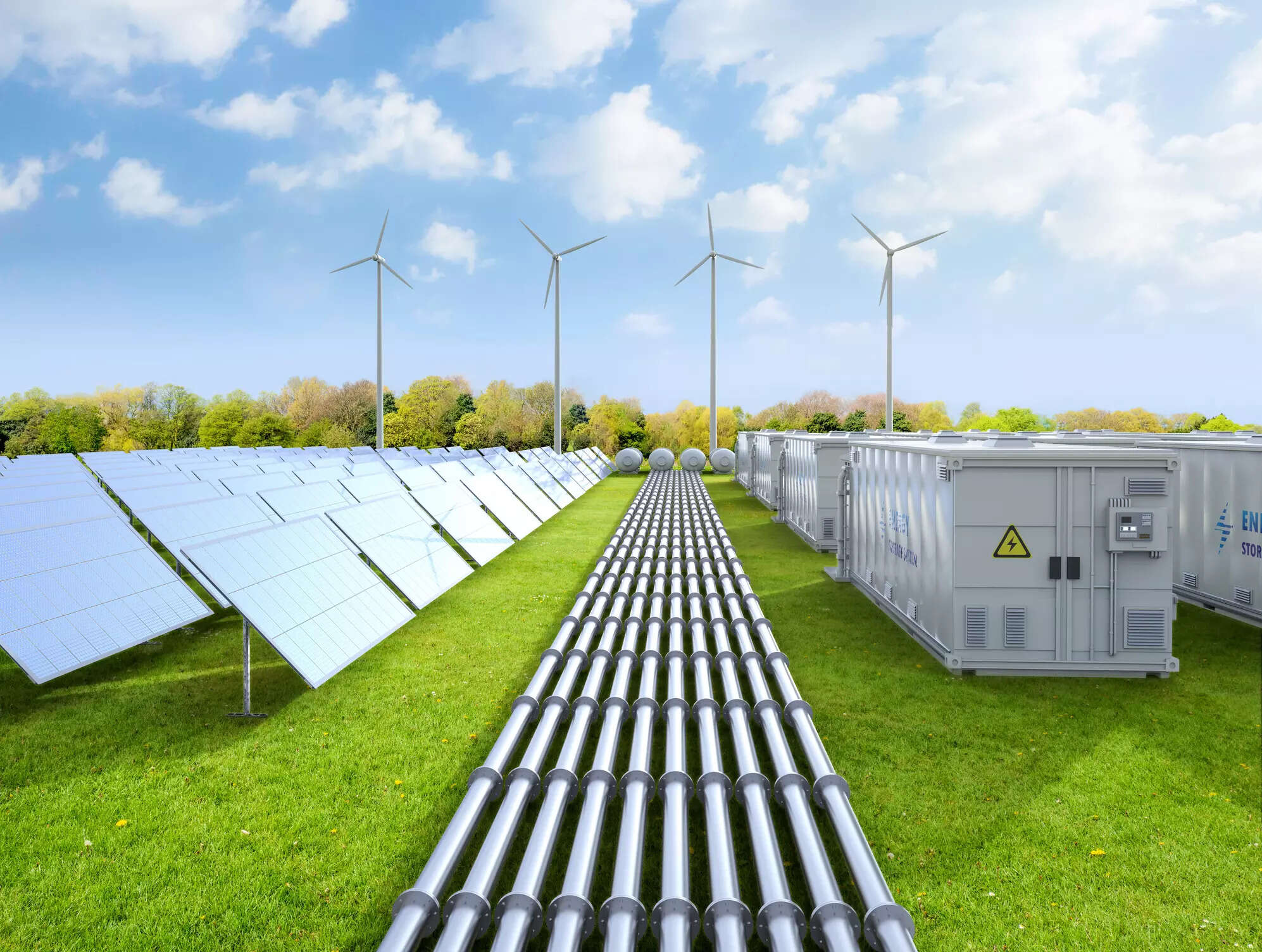
New Delhi: ReNew Energy Global plc, an Indian renewable energy firm, and JERA Co., Inc, the largest power generation company in Japan, announced an initial agreement to jointly evaluate the development of a green ammonia production project in Paradip, Odisha.
This initiative will utilize about 500 MW of high-capacity utilization factor (CUF) renewable energy for producing green hydrogen, a crucial feedstock for green ammonia.
The project, underpinned by a collaboration between ReNew Energy’s subsidiary, ReNew E-Fuels Private Limited, and JERA, aims to establish a production capacity of approximately 100,000 tons of green ammonia annually by the year 2030. JERA will have the right to offtake this green ammonia for use in Japan. A joint study will be undertaken by both companies to evaluate the commercial viability of this venture.
The collaboration capitalizes on a strong seven-year relationship between the two companies, leveraging ReNew’s expertise in renewable energy and JERA’s experience in building full value chains.
Sumant Sinha, Founder, Chairman & CEO, ReNew, said, “This collaboration marks an exciting time for both ReNew and JERA, and demonstrates our commitment in accelerating the clean energy transition. Green ammonia holds immense potential in reducing carbon emissions and the project, once ready, will contribute to a cleaner future and support India’s National Green Hydrogen Mission.”
Yukio Kani, Global CEO & Chair, JERA, highlighted the strategic importance of the agreement, “Since 2017, JERA has maintained a strong partnership with ReNew, and we are pleased to expand this collaboration to the next level: the first green hydrogen and ammonia development project for JERA. This joint development agreement represents a significant milestone and an exciting advancement moving us one step closer to realizing decarbonized society, with a focus on the sustainability, affordability, and stability of future energy.”
This partnership aligns with the goals of India’s ambitious National Green Hydrogen Mission, aiming to produce 5 million tonne of green hydrogen per year by 2030, and supports Japan’s clean energy transition objectives. Both companies see India as a key player with significant potential for expanding solar and wind power capacities.

